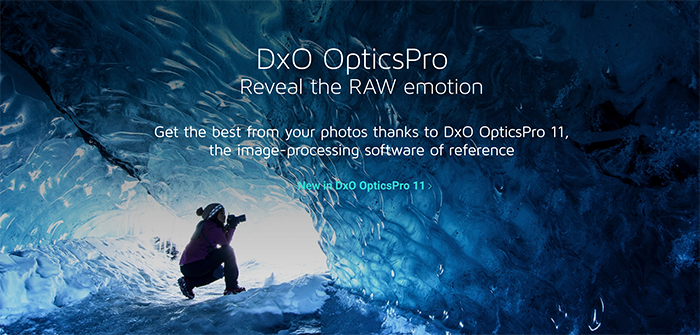

There’s no question about it: this is a design-and color palette-inspired by Apple. Speaking of storage, the photos can be stored on either the iPhone itself, a microSD card, or both (which I heartily recommend, as saving the photo can prove spotty on occasion), and pulling up the ‘camera roll’ will feel fairly similar to anyone who’s used to navigating the iPhone’s own photos app (though it lacks some of the finely-tuned details of Apple’s own software design). This is in addition to the DxO’s own small OLED display, which shows the device’s battery life, your chosen camera mode, shutter speed, aperture, JPG or RAW, and how many photos can be stored before the camera becomes full. At the bottom of the screen you’ll find the shutter speed, aperture, ISO, and an exposure meter, while at the top you’ll see your focus and white balance settings, along with a battery indicator. Once everything is set to your liking, each setting is helpfully displayed on screen.

Tapping on any setting brings up another pane, this one slightly transparent so that the photo below can still be seen while making changes.


 0 kommentar(er)
0 kommentar(er)
